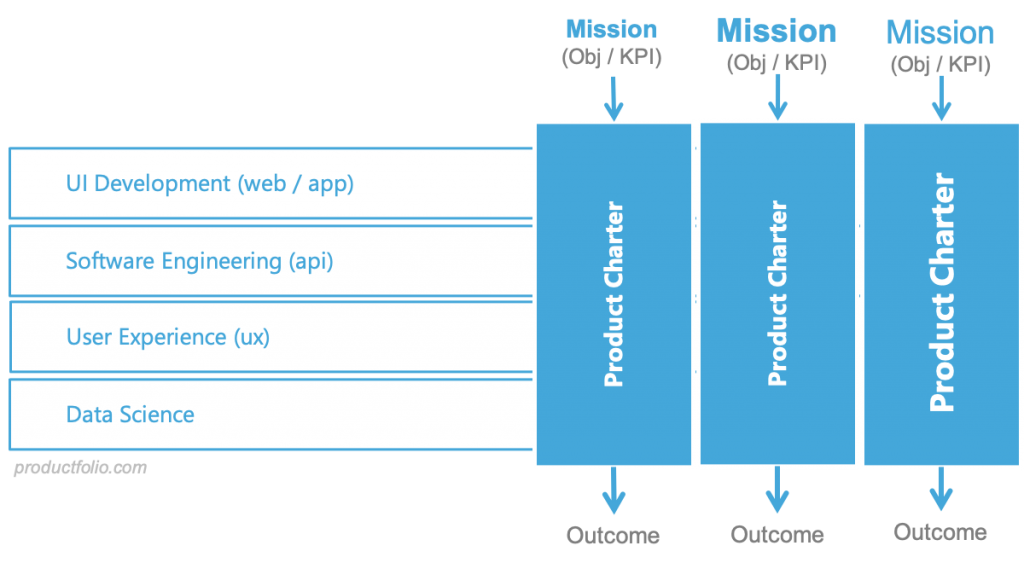How to Structure a Product Management Team?
Structuring a product management team is a crucial aspect of ensuring effective collaboration, strategic alignment, and successful product development. The way a team is organized can significantly impact its ability to innovate, respond to customer needs, and deliver value. Here are some key principles to consider when structuring a product management team.
One fundamental principle is to empower each product manager with their own autonomous and cross-functional Scrum team. This structure allows product managers to take ownership of the entire product development process, from ideation to execution. By having a dedicated team, they can work collaboratively with cross-functional members, including engineers, designers, and other necessary specialists, to create and deliver products. This autonomy promotes faster decision-making, innovation, and a more streamlined development process.
Optimal product teams are often vertically oriented, with a focus on specific customer problems and use cases. This customer-centric approach ensures that the team is aligned with the needs and expectations of the end-users. By organizing teams around customer needs rather than functional silos, product managers can better understand and address the holistic aspects of a problem, leading to more comprehensive and impactful solutions.

Creating functional teams, such as separate teams for frontend and backend development, is considered an anti-pattern. This approach can result in excessive cross-team dependencies, slowing down the development process and hindering agility. Instead, fostering cross-functional teams that encompass all necessary skill sets encourages collaboration, knowledge-sharing, and a more holistic understanding of the product development lifecycle.
In terms of the reporting structure, it’s common to have 3-4 product managers reporting to each Director of Product. The Director of Product is responsible for overseeing an overall strategic area. This structure allows for a balance between autonomy and strategic alignment. Each product manager has the flexibility to lead their specific product initiatives while being guided by the overarching strategic vision set by the Director of Product. This hierarchy ensures that the team is cohesive, with individual product managers contributing to a larger, unified strategy.
For larger companies, introducing the role of Chief Product Officer (CPO) can be beneficial. The CPO serves as a high-level executive responsible for representing Product Management interests at the executive level. This role helps bridge the gap between the product management team and the C-suite, ensuring that product strategy aligns with broader business objectives. The CPO can provide strategic guidance, advocate for resources, and champion the importance of product management in achieving organizational goals.
In addition to organizational structure, effective communication and collaboration mechanisms are vital for a well-functioning product management team. Regular stand-up meetings, sprint reviews, and retrospectives facilitate open communication and continuous improvement. Clear and transparent communication channels help ensure that all team members are aligned with goals and objectives.
In conclusion, structuring a product management team involves several key principles to foster autonomy, customer-centricity, and strategic alignment. Empowering product managers with their own autonomous and cross-functional teams, adopting a vertical orientation based on customer needs, and avoiding functional silos contribute to a more agile and innovative development process. The reporting structure, with Directors of Product overseeing specific strategic areas and the potential introduction of a Chief Product Officer in larger organizations, further enhances the team’s ability to deliver value and align with overall business objectives.


